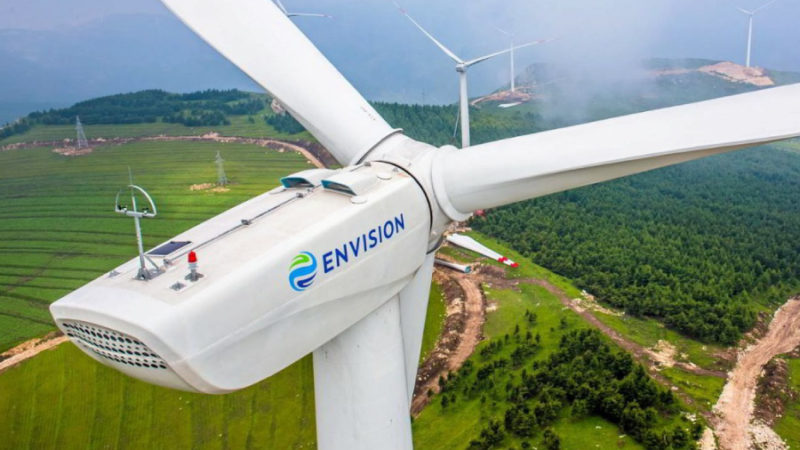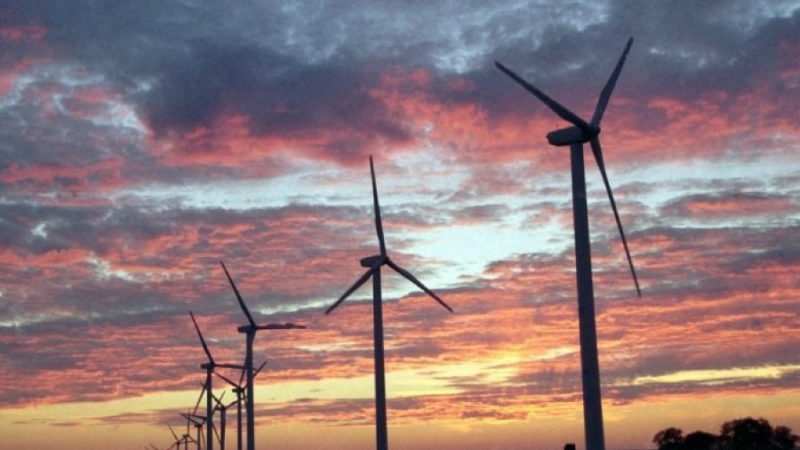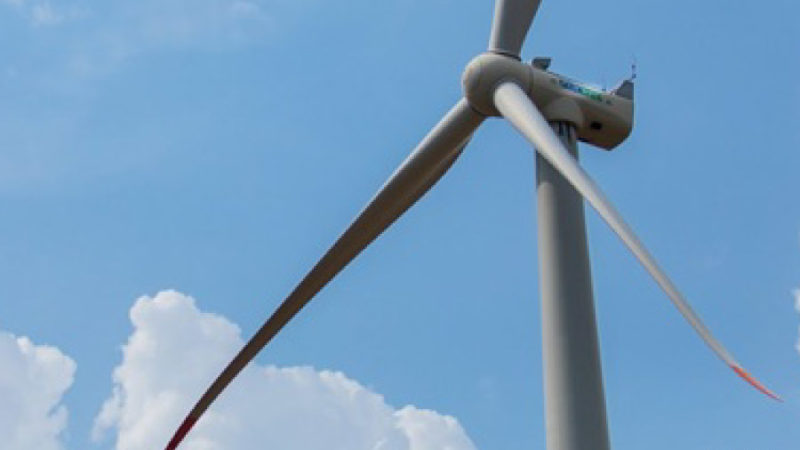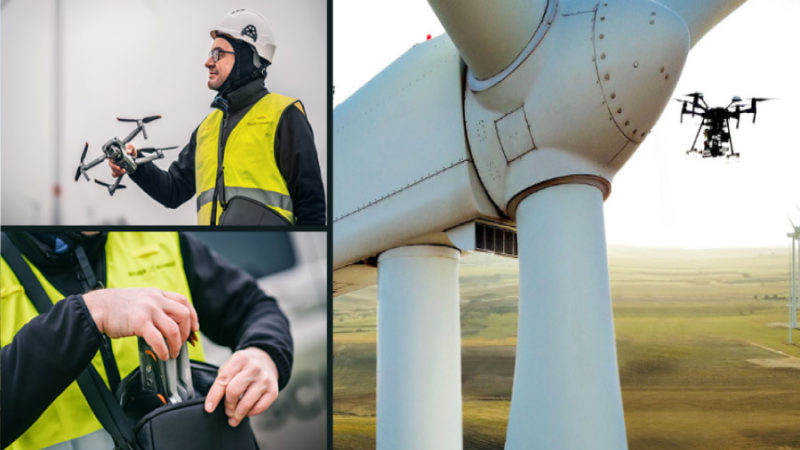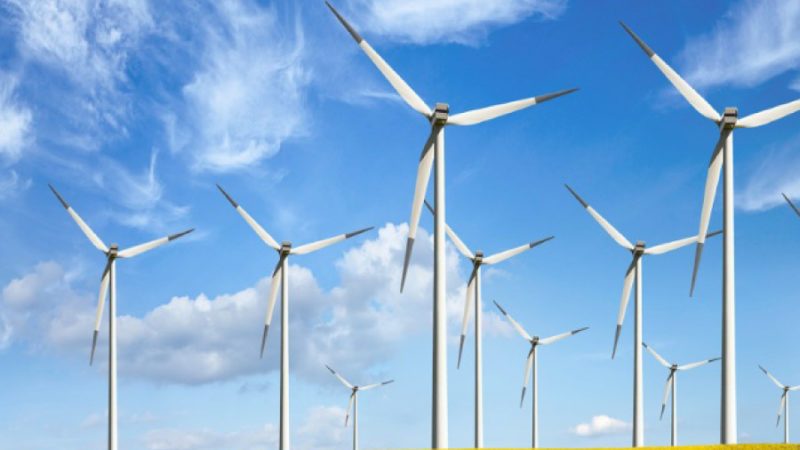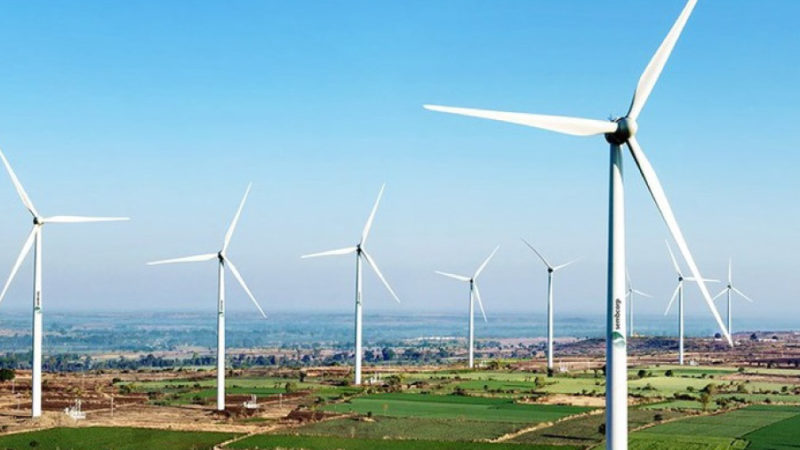Indian Winds Going Downhill
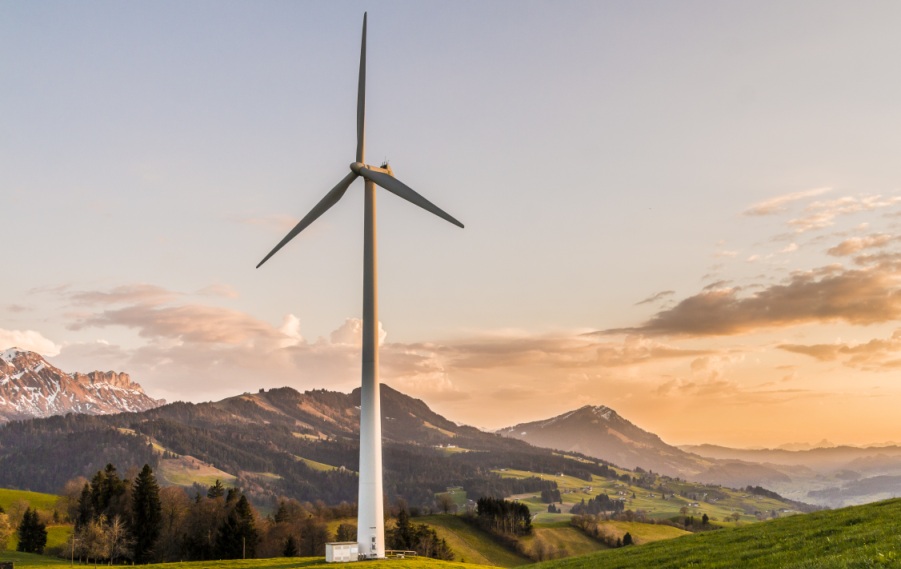
The financial year 2016-17 was a record year for the Indian wind power segment, with about 5.5 GW of wind capacity added in 2016-17. The segment reached a total installed capacity of 32.3 GW as of March 2017 which helped the country emerge as the fourth largest wind energy market in the world. However, the first half of the current financial year 2017-18 witnessed a major slowdown.
Currently, the country has a wind power capacity of 32.7 GW adding just 10 % of the targeted capacity for 2017-18 during the first half of the current financial year. India has set a 60 GW target through wind by 2022 and order to meet this, the industry will have to add around 6 GW of capacity per annum, which seems a distant dream looking at the slowdown in the segment. If the government fails to give a timely push to the sector, especially to the project supply side, we are sure to some undesirable dents on the health of the sector.
What Went Wrong?
The second phase of the generation-based incentive (GBI) scheme for wind energy, which was reintroduced in September 2013, ended on March 31, 2017. The withdrawal of GBIs and the AD benefits led to the highest-ever wind capacity addition (about 5.5 GW) in 2016-17. Though the industry has asked for a further extension in order to maintain the momentum of capacity expansion – the industry met with a transition from FiTs to Auctions which have put a dampener on new project installations.
Thus, during the first half of FY 2017-18, the wind power sector saw projects commissioning of only 421 MW against the government’s set target of 4,000 MW for 2017-18. According to industry experts, the capacity addition outlook for the current year seems depressing, since the majority of wind-rich states have stopped signing fresh power purchase agreements (PPAs) post the first wind auction held in February 2017. As per industry estimates, less than 1,500 MW of projects are likely to come online during 2017-18. That too, which were approved by the respective state electricity regulatory commissions (SERCs) prior to the first auction.
The trouble started when the government shifted from the FiT regime to competitive bidding. As the bid tariff of Rs 3.46 per kWh quoted during the first auctions held in February 2017 was 17 percent lower than the lowest FiT of Rs 4.16 per unit in the country. This led to several discoms openly disagreeing to honor the PPAs and letters of intent (LoIs) signed for nearly 3 GW of capacity in the pipeline as these were signed at FiTs that were much higher than the recent bid tariffs. These include Andhra Pradesh discoms, which have canceled 1.1 GW of capacity, Gujarat 250 MW, Karnataka 900 MW and Tamil Nadu 500 MW.
The entire issue of dishonoring of PPAs and revisiting PPAs affects the confidence of investors as well as are set to adversely impact the returns of wind power projects that are already constructed but were awaiting power offtake.
Above all, these developments cast a doubt on the enforceability of contracts signed by government entities. In addition, it certainly had a negative impact on financial institutions as they tend to become more cautious about lending to these projects, considering the fact that even relatively well-performing discoms are renegotiating PPA tariffs, without any legal grounds or force majeure conditions.
Issues & Challenges:
The turmoil in Indian wind power segment is getting worse by the day as the industry is at odds with the government regarding multiple issues. Most of which have come up due shift from the feed-in tariff (FiT) regime to a competitive bidding mechanism. Financial unsustainability is one of the main concerns faced by the industry as the ongoing project development has been jeopardized due to the state discoms demanding a renegotiation of power purchase agreements (PPAs) at lower tariffs.
Another area of concern is for the industry is the slow pace at which Powergrid is granting connectivity. Firms that won projects in the wind auction held in February have also been hit by the lack of interstate transmission access.
If this continues, the sector may get stuck in a jam that will take several months to ease down. As of now, transmission points are being allotted on a first come, first served basis rather than on priority of the project readiness.
This led to many wind IPPs being deprived of access to Powergrid’s bays and are nearing the project completion, while there are several firms that do not currently have operational capacity have access to the grid. For example, Mytrah and Orange have been granted transmission access for only 300 MW each in the top two substations of the country, located in Tamil Nadu and Gujarat, on the other hand Suzlon and Inox have transmission access for 1,400 MW and 1,500 MW respectively in the same substations though they have no immediate need for the connectivity.
With issues related to delays in granting transmission access to wind power projects is one of the main deterrents in achieving the core essence of introduction of competitive bidding in wind segment – that was to open up new avenues of sale of wind to (non-wind states) and bring out the true pricing of wind power through price discovery.
Not All is Wrong
Though, introduction of the competitive bidding regime led to a lot of uncertainty in the segment, still there are many new opportunities that are emerging in the segment. The repowering of existing wind farms offers substantial growth opportunities in the segment. With advancement in technology development and innovations, it is now possible to install turbines which could increase the efficiency of the old windmills.
As per estimates, nearly 10 GW of installed projects in India are of rated capacities of 225-1,000 kW are installed at below 100 meters hub height. Of these, over 30% are at high potential wind sites and present an opportunity for repowering. Although there are concerns regarding cost overruns, however rebate and deployment of energy efficient wind turbines can boost repowering and help revamp the industry.
Solar-wind hybrid is another area that offers a good opportunity for the sector. Comparison of wind and solar site maps shows that a large number of areas have both wind and solar potential of high to a moderate level. This opens up the opportunity for the existing wind farms a scope for solar photovoltaic (PV) capacity addition, while existing solar PV plants have the potential for wind development in their surrounding area. Though the government has formulated drafts for wind-solar hybrids and evaluated small wind energy and hybrid projects, however, this area needs a suitable policy intervention which can help in setting up new wind-solar hybrid plants and drive hybridization of existing wind and solar plants.
In addition, states like Tamil Nadu and Gujarat have tremendous offshore wind potential a new area of opportunity for the sector. However, the falling onshore wind tariff has raised questions on the viability of offshore wind as the latter has substantially high costs and tariffs. Further, given their large scale, offshore wind facilities entail greater challenges, as well as specialized equipment and expertise. In this regard, the MNRE announced the Offshore Wind Policy in October 2015, after seeking consultations in 2013. FOWIND (Facilitating Offshore Wind in India) is reassessing the offshore wind potential in two coastal states – Gujarat and Tamil Nadu.
Currently, FOWIND is undertaking the first offshore wind resource measurement in the Gulf of Khambhat, off the coast of Gujarat. India’s first offshore wind research platform is also being developed under this project. Further, the NIWE is in the process of finalising the first geophysical survey along the coast of Gujarat.
With such significant developments in the industry, the first tender for offshore wind is likely to be announced in 2019.
Road Ahead
Since the introduction of competitive bidding in early 2017, the wind power segment has largely been supported by central government auctions under the Solar Energy Corporation of India (SECI) which has so far tendered two lots of 1 GW each in February 2017 and September 2017 respectively. During this period only two states -Tamil Nadu and Gujarat have released wind project tenders. However, due to the absence of any standard guidelines these tenders were objected by the industry.
Due to lack of standard guidelines the segment saw a total freeze on any new project allocations in 2017, which not only adversely impacted the market but also had a dampening effect on investors’ confidence. To redress the prevailing situation and boost investors’ confidence in the sector, the Ministry of New and Renewable Energy (MNRE) released the wind auction guidelines that provide a framework for wind power procurement through a bidding process. These are designed to enable discoms to buy wind power at competitive rates.
The new guidelines will definitely prove to be a much-needed catalyst for wind power growth. These guidelines will also enable SECI, and all the state agencies, to follow a set of standardised guidelines and avoid a number of confusions and delays.It is expected that the Indian wind industry will see a revival only in 2019; that too, if 2-3 GW of wind projects are auctioned in the next six months, as project development is a 12-18-month-long process.
So far, 5 GW of tenders have been released, including the 2 GW tender launched by SECI in November 2017. In January 2018, 1.5-2 GW of capacity will be auctioned and the same amount will be tendered in March 2018.
Further, the MNRE has stated that bids for an additional 10 GW per year will be launched in 2018-19 and 2019-20.
Once the initial hiccups are over, going forward, project allocation through auctions is likely to prove to be a favourable policy change for the industry. Wind auction and the availability of guidelines for states will put the wind power segment on a strong growth path towards meeting India’s 60 GW wind target by 2022.


